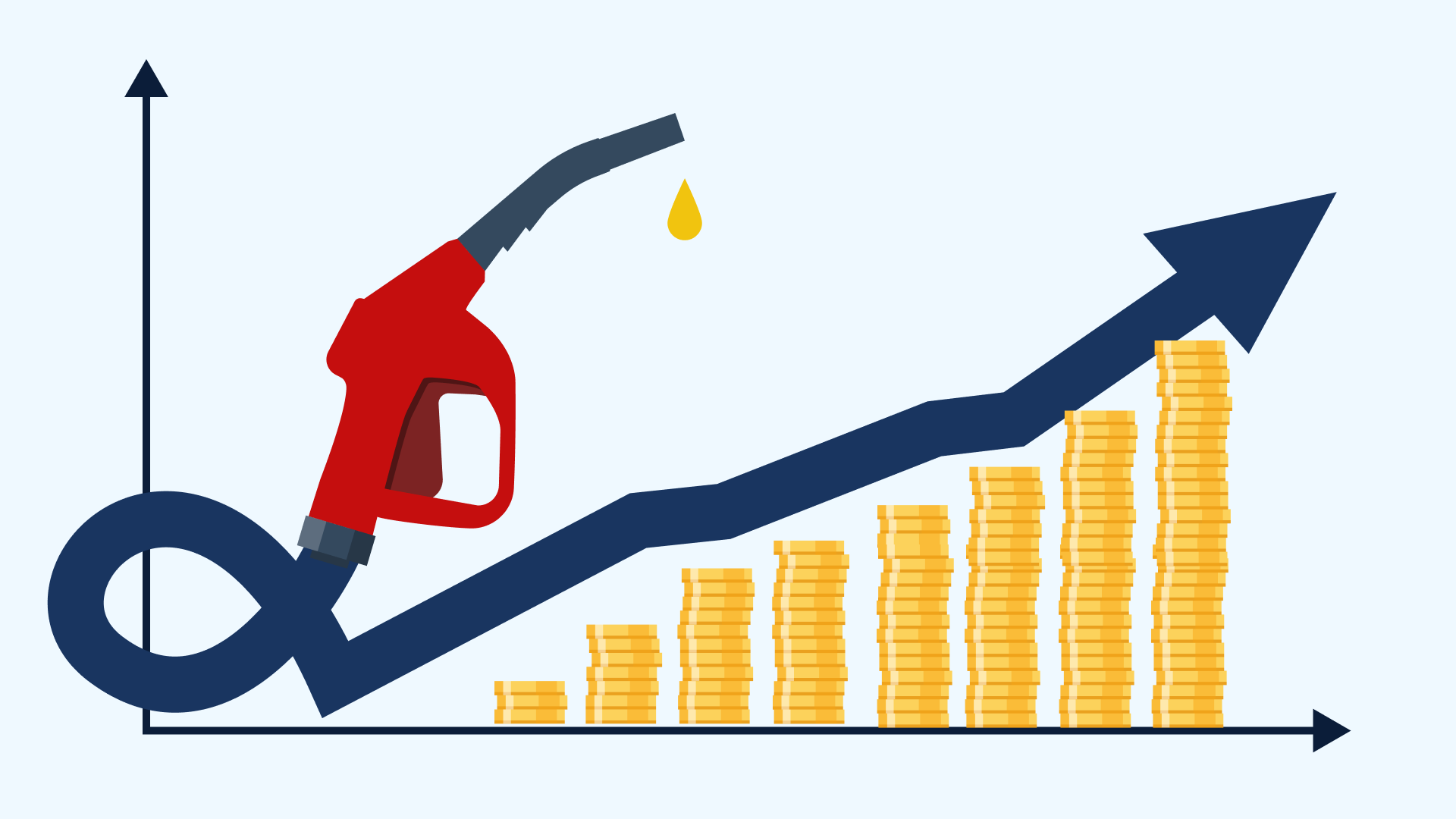Time to read : 4 Minutes
If you’ve felt “bowser shock” at the service station recently, you aren’t alone. Fuel prices have skyrocketed over the last two years, thanks to rampant inflation, high interest rates, supply chain issues, and economic instability caused by overseas conflict.
Australian fuel prices operate on a high-low cycle. Every couple of weeks fuel prices tick over from “fair” to “exorbitant” depending on where each capital city, region, or state is in their own cycle.
But are Australian fuel prices rising more than the rest of our economy? How does the cycle even work? Does this make the case for transitioning to electric vehicles at all?
A full dollar more: historical fuel prices in Australia
For those of us who can remember, the average petrol (RON 91, or regular unleaded) price in Australia during 2002 was 87.3c per litre.
In 2022 this climbed an entire dollar to 184.2c per litre.
Inflation throughout the years is to be expected but…
According to the Reserve Bank inflation calculator (which is to be taken as an estimate) the same fuel in 2002 should cost about 144c per litre at an annual inflation rate of approximately 2.6%.
However, Australian inflation as of Q3 2023 is still at a staggering 6%.
An in-depth petrol price in Australia analysis by Savvy found that when governments shut down much of the economy due to COVID-19, petrol prices plummeted to mid-2000s lows. It wasn’t uncommon to see some stations advertising sub-dollar per litre prices.
In fact, the average fuel cost in 2020 was 123.4c; 15% cheaper than in 2019 at 142c.
Petrol prices are far above what they should be relative to normal range inflation (2-3%). Some of this is explained by volatility in foreign currency markets, so what’s causing the rest of it?
The components of petrol prices in Australia
You might hear about the Organisation of Petroleum Exporting Countries (OPEC) cutting or increasing oil production, but in reality much of Australia’s petrol price is linked to the Terminal Gate Price, or wholesale price, of fuel in Singapore.
This wholesale price comprises 90 to 95% of the total retail price you see at your petrol station. The rest of this price is taxes and profits. The Australian Government imposes a 0.477c levy on petrol and diesel and also charges 10% GST on top.
The ACCC showed that petrol stations on average make only 1.35c/L in net profit. During March-September 2022, the Federal Government cut the excise in half to relieve massive spikes in petrol prices.
The discount cycle has little to do with the wholesale price of fuel. Retailers set their own prices and they can cycle through them weekly, or even hold to five-week cycles.
This is why many motorists try to “time” their purchases if possible. Though periodic fill-ups can’t be helped, they may want to trust in “dollar cost averaging” which means partially filling up at various points in the cycle to spread the costs out over time and end up “ahead” of the pricing peak.
Regional areas usually have flatter prices than metro locations, and there’s not as much discounting.
If certain supermarkets or wholesalers offer discounts on their fuel (e.g. 4c/L off if you spend $50 in store), then that individual retailer must find the profit margin some other way.
Is it time to switch to electric?
With the cost of petrol going up and up, the sums bear out a cheaper cost to run an electric vehicle (EV) though the price of an EV still remains stubbornly high.
Earlier this year, we compared the 2023 MG ZST Excite vs the 2023 MG ZS EV Excite – basically the same car with different types of engines. The petrol model costs $30,990 to purchase while the EV is priced at $43,990.
According to Which Car, the cost of fuel per 100km in a petrol vehicle was $14.20 with a total servicing cost of $1,911 over 72 months.
In a similar EV, the cost to “fuel” it with electricity per 100km was just $2.56, with servicing costs tallying only $804. This represented a saving of over 47% in running costs!
In this comparison, car insurance costs more for the EV due to a scarcity of spare parts, technicians, and other factors.
The bottom line:
If a household was to switch to renewable energy sources such as solar power, and purchase an EV with “V2G” or “V2H” (Vehicle to Grid or Vehicle to Home) technology, where the car acts as a backup battery to power household appliances when the sun is down, you could make a solid case that an EV is not a purchase but an investment.
When it comes to helping the environment, reducing your carbon footprint, and your fuel costs, the choice is becoming clearer to an ever-growing number of Australians.
